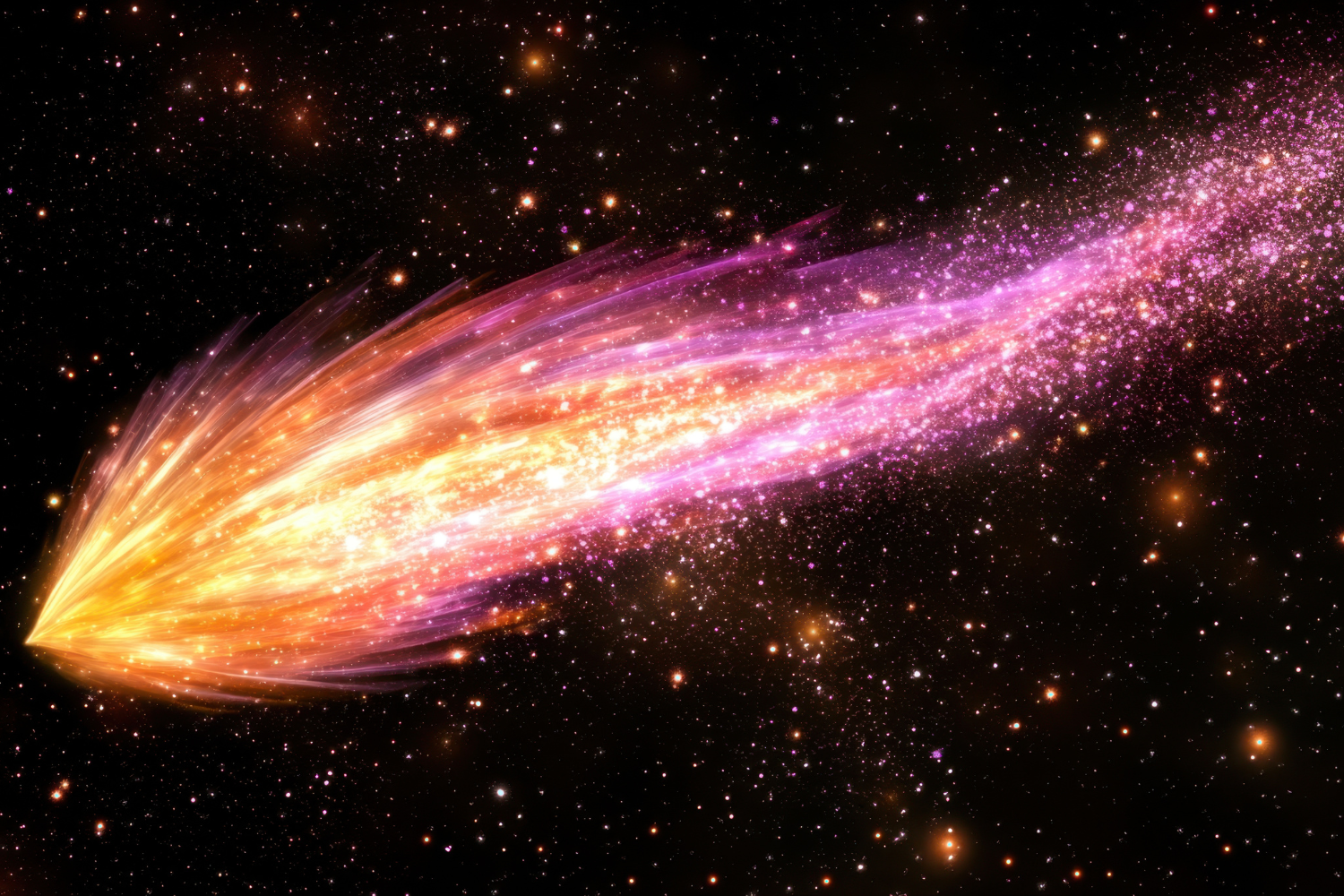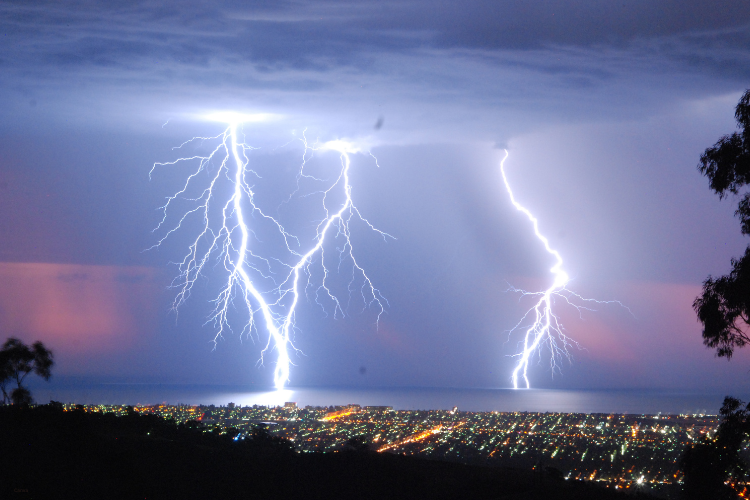A closer look at how prices quietly climbed.

Americans have felt food costs rise again and again, even as farms across the country report profits growing at a surprisingly strong pace. It feels confusing, especially when the grocery bill keeps going up while the people producing the food seem to be doing better than ever. This story is the kind that pulls you in because it reveals how everyday prices get shaped by decisions happening far from the kitchen table. Once the pieces connect, the picture of how markets work inside a capitalist system becomes much clearer, and often more frustrating.




